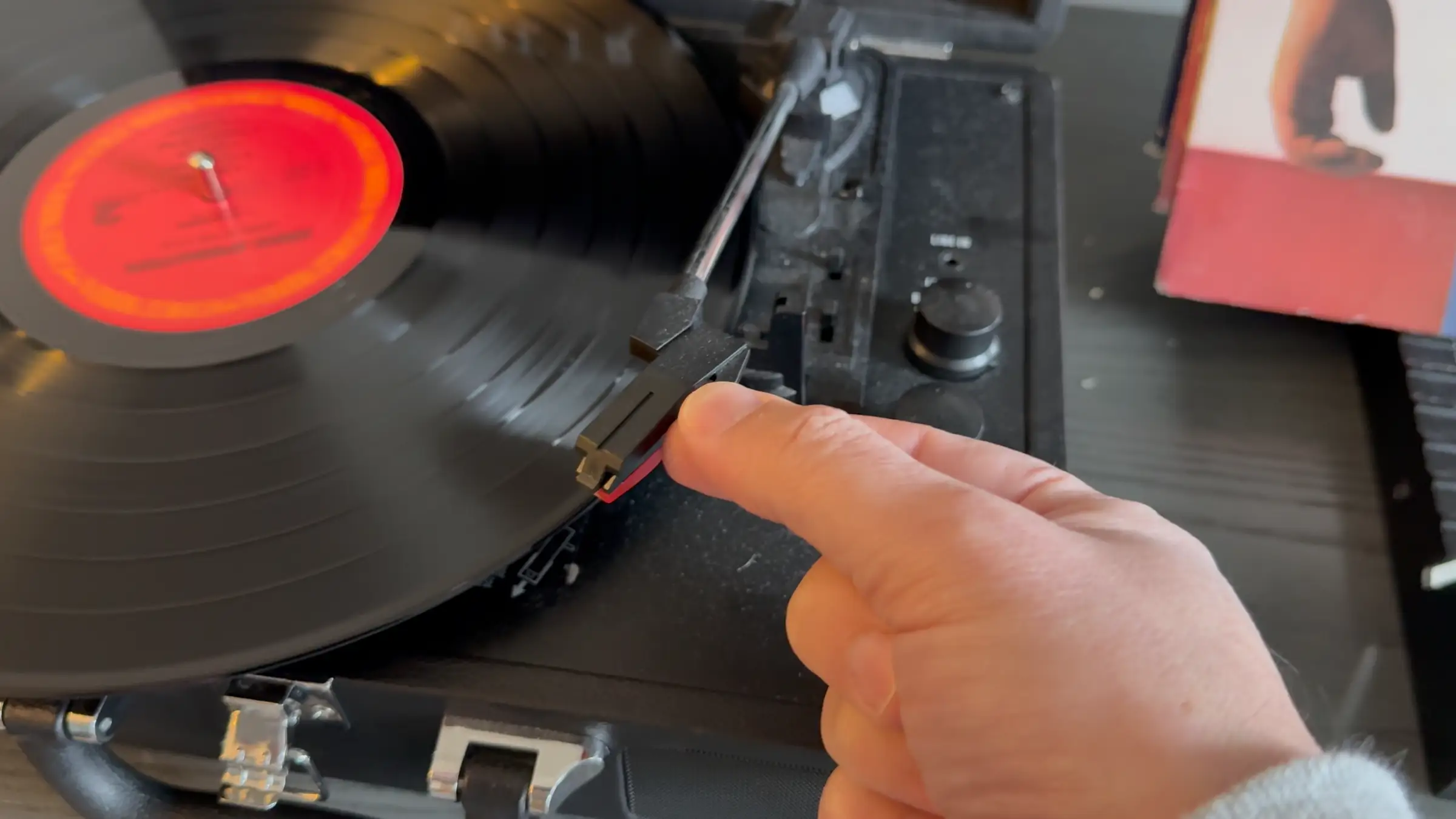Many things remind the Complimentary Spouse and me that we had very different childhoods, but few more than music.
Britt hardened his heart with Mr. Roboto while I was facing temptation in a town called Malice. He felt out of touch; I had electric dreams. He flew into the danger zone with Amanda and Sara as I navigated a completely different bizarre love triangle.
You see, many of the hits I grew up with in U.K. didn’t make a dent in the U.S. charts:
An ocean away, many of the hits for Britt weren’t hits for Brits.1
Music to Whose Ears?
Growing up with very different soundtracks—figuratively and literally—makes for interesting conversations. They usually sound like this:
Me: What song is this?
Britt: You don’t know it? It was number one on the Billboard charts for more than a year. It swept the Grammys and won an Oscar, Tony, Pulitzer, and the James Beard Award. Congress considered making it our new national anthem. It’s on the naturalization test for people applying for citizenship.
Me: First time I’ve heard it.
Or this:
Britt: What song is this?
Me: You don’t know it? It was the biggest hit in the history of Top of the Pops. It replaced the “Mind the Gap” announcement on the Tube for several months. The Queen not only appointed every member of the band to the OBE, but also renamed all her corgis after them. The lyrics are printed in their entirety in the Oxford English Dictionary entry for “sublime.”
Britt: First time I’ve heard it.
Getting in Sync
A lot of songs were hits on both sides of the Atlantic. I mean, how could Duran Duran, Michael Jackson, or Madonna be constrained to a single continent!? But, as the playlists above make clear, the Venn diagram of hits in both countries overlaps less than you’d imagine.
As an expat kid, I got the best of both worlds. In the U.K., I had a front-row seat for the evolution from British New Wave music to synth-pop. The music felt new, energetic, and experimental.
When I moved to the U.S., I got a taste for what I had missed: rock, R&B, bubblegum pop, and power ballads. Some songs feel formulaic, but there’s a lot to enjoy. The U.S. has a broader range of musical influences to draw from; my favorite songs are the ones that find inspiration from multiple genres.
Britt is always eager to get me up to speed when he learns I’ve missed out on American hits. I do my part by introducing him to great songs he wouldn’t have heard otherwise.
What the hell does all this mean? Who knows? Let the music play!
Bonus Videos
Skating Into the History Books
Why did a four-and-a-half-minute version Boléro—a 1928 experiment in repetition that the composer, Maurice Ravel, called “a piece for orchestra without music”—make it to the Top 10 in the U.K. in 1984?
Because it’s the music Torville and Dean used in their iconic Olympic figure skating performance. They didn’t just win the gold medal in Sarajevo that year; they also earned the highest score ever for figure skating—a record that stands to this day!
Skirting the Issue
Long before Roxxxy Andrews flipped her wig and Violet Chachki turned heads in tartan, Bucks Fizz gave us this gagworthy2 reveal.
Required Viewing
Every Thursday evening, I’d turn on BBC to watch Top of the Pops. I remember seeing two of the performances that made it to Mojo’s Top 30 Performances of All Time.
Note: Both of the clips below have the same cover image, but when you click on them, they’ll take you to the right timestamp.
“Relax” by Frankie Goes to Hollywood: “Relax, don’t do it, when you really want to come” seems to have gone over most people’s heads.
Do You Really Want to Hurt Me” by Culture Club: There was plenty of discussion in school in the next day about Boy George’s look.
Speaking of Which, Let’s Hear It for the Boy (George)
Culture Club was one of the bands that hit it big in both countries. Britt and I saw them perform in Tampa a few years ago.

